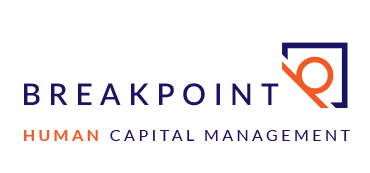Head in The Game
The Bridges Project was built to better small/medium businesses that possess a wealth of strategic advantages working towards business growth and economic stability.
Our brains change based on levels of critical thinking, language complexity, environmental demands, and nutritional concerns. Stagnation has a physical effect on the human brain.
Humans are made for problem solving and not monotony. So in an organization when stagnation of task happens your employee’s brains actually start shutting down and begin to favour the most used pathways. The result is that new ideas and direction are not explored, and you lose your organizational ability to quickly adapt to situations. The question of “why do I need to learn this new way of doing things?” doesn’t just represent adversity to change, but can signal mental stagnation is occurring.
As organization leaders it is important to understand the comfort across your employees with mental stagnation. Why? How a person copes with the mental stagnation gives you valuable insight into matching talent and work. Those employees who are most comfortable with stagnation tend to favour jobs with repetitive tasks. Other employees need an environment where adaptation and innovation are actively pursued. As a small/medium business your business demands highly engaged employees at all levels that are actively looking for ways to improve work processes, increase productivity, and ultimately build competitive advantage.
Some key initiatives to combat mental stagnation are work sharing agreements, the use of multifaceted teams, shifting responsibilities within departments, and cross training. All of these ensure that adaptation and problem solving are present building a work environment where your employees are engaged across the business processes.
By being attentive to the signs, and decisive in your reactions you can help your employees keep their heads in the game, ensuring quick adaptation and organizational success.

